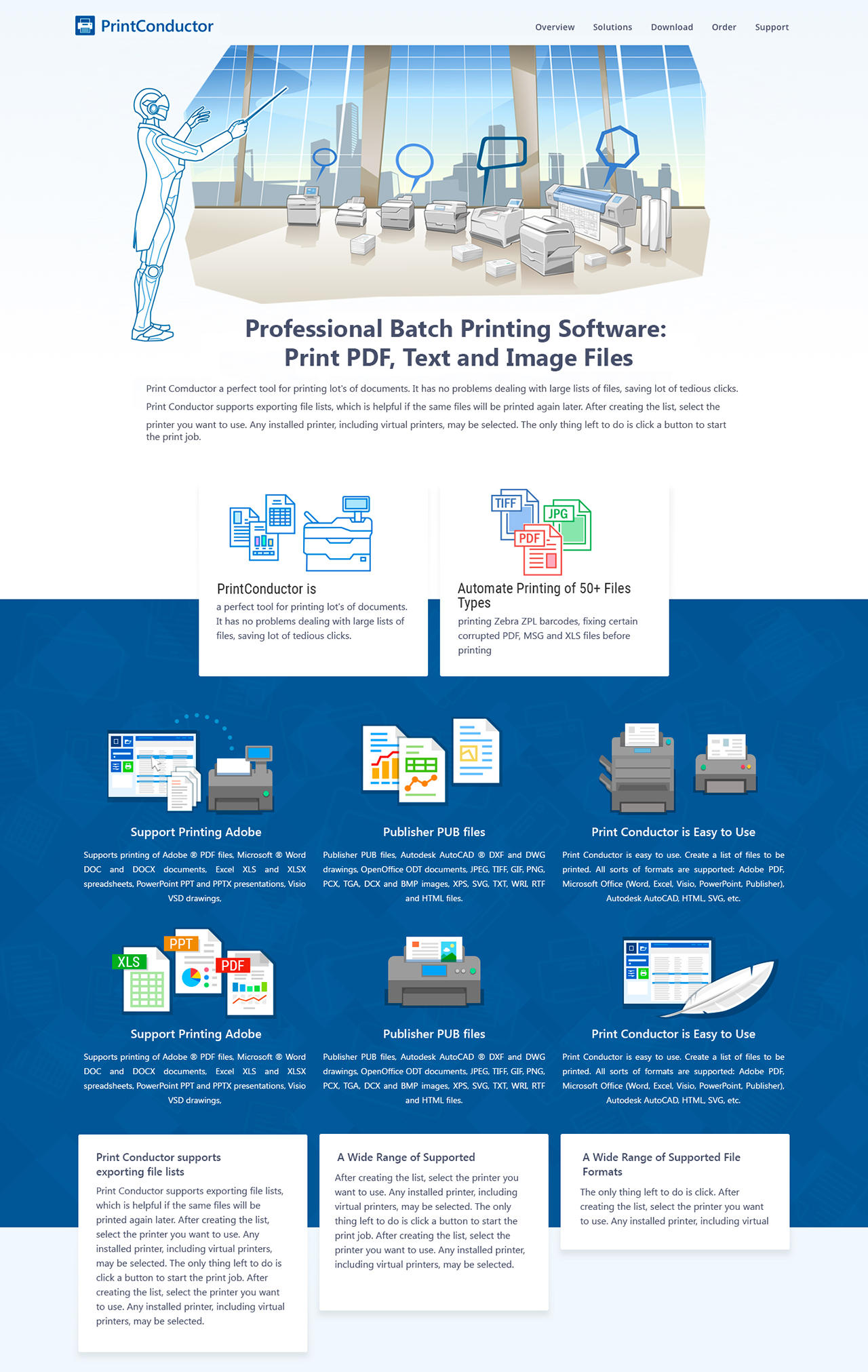
One of the most attractive targets is for the human body, which endures strains of 30% at skins 16 and over 100% at joints 18. The formulation of stretchable and elastic conductors that can maintain their performance at ever increasing strain enables many new and important applications 15, 16, 17, 18. In this way, a single print process can substantially simplify traditionally complex manufacturing processes.Īn important design aspect for printed electronics is mechanical durability, especially for realizing flexible and/or soft and stretchable electronics. Crystallization, phase separation and/or self-assembly of molecules can be controlled during the drying processes and utilized to obtain better electronic functionalities in a single processing step.

Phase separation has been used to create high mobility organic semiconductor channels wrapped in an insulating protective layer for driving circuits in a display 14. For example, controlling the viscosity of a two component solution can be used to create a self-assembled structure based on the affinity of the solution components to each other.

Printed electronics aim not only to replace individual electronic layers with cheaper alternatives, but also to enable the development of complex materials that deliver additional functionalities. This value is already exceeding that of amorphous Si, opening the door to many practical applications. In addition, solution processable semiconductors 10, 11, 12, 13 exhibit mobilities exceeding 20 cm 2 V −1 s −1. Lowering the process temperature can broaden the range of choices of substrate including low cost plastic films, rubber, textiles and even paper. Although the calcination temperature can be lowered down to room temperature, the resistivity of these inks is still significantly higher than the bulk metal 9.

Various kinds of inks ranging from conductors, insulators and semiconductors with inorganic and/or organic materials have been developed and utilized for printing transistors 5, light-emitting diodes 6 and solar cells 7.ĭue to recent intensive efforts, the resistivity of metallic inks has been reduced significantly, and Ag nanoparticle-based inks with resistivities of 2–3 μΩ cm, only 25–88% larger than bulk Ag, have been demonstrated at curing temperatures of over 150 ☌ (ref. The formulation of next-generation electronic functional inks is essential to achieve these goals. This is especially significant for large-area electronics such as flat-panel displays 1, photovoltaics 2 and large-area sensors 3, 4. Printed electronics aim to minimize material waste and production costs, leading to reduced carbon dioxide emissions during manufacturing.


 0 kommentar(er)
0 kommentar(er)
